ALTERED STATES. Excellent, hallucinogenic sci-fi horror

…, said young scientist Dr. Eddie Jessup (William Hurt), describing the device that allows him to conduct his research. In the basement of the Medical Academy, he spends hours enclosed in an isolation tank, while his assistant, Arthur Rosenberg (Bob Balaban), monitors his condition. Cut off from external stimuli, floating in salty water, Jessup experiences intense, prolonged hallucinations that fascinate him. After leaving the tank, he reviews the charts monitoring his condition during immersion. He takes notes, catalogs his own experiences, and tries to interpret them. It’s his passion, and it shows. He can endlessly talk about research, his and others’ theories, making his acquaintances not entirely take him seriously, though with respect. Eddie believes that if the memory of our ancestors is preserved in human genes, it can be accessed by delving into the subconscious.
In search of it, Jessup goes to Mexico with Professor Edouardo Eccheverria, who leads him to a small community of Hinchi Indians practicing a ritual using hallucinogenic mushrooms. The local brujo (Spanish for wizard) allows Eddie’s presence, who asks what visions to expect. However, no explanations prepare him for the psychoactive effects of the mixture brewed by the natives: firework flashes, tribal wild dancing around a rock-deity, a distinguished couple in white sitting under a parasol in a garden full of huge flowers. Atomic explosion. A lizard that turns into a snake and coils around the head of a man with Jessup’s face. Altered states.
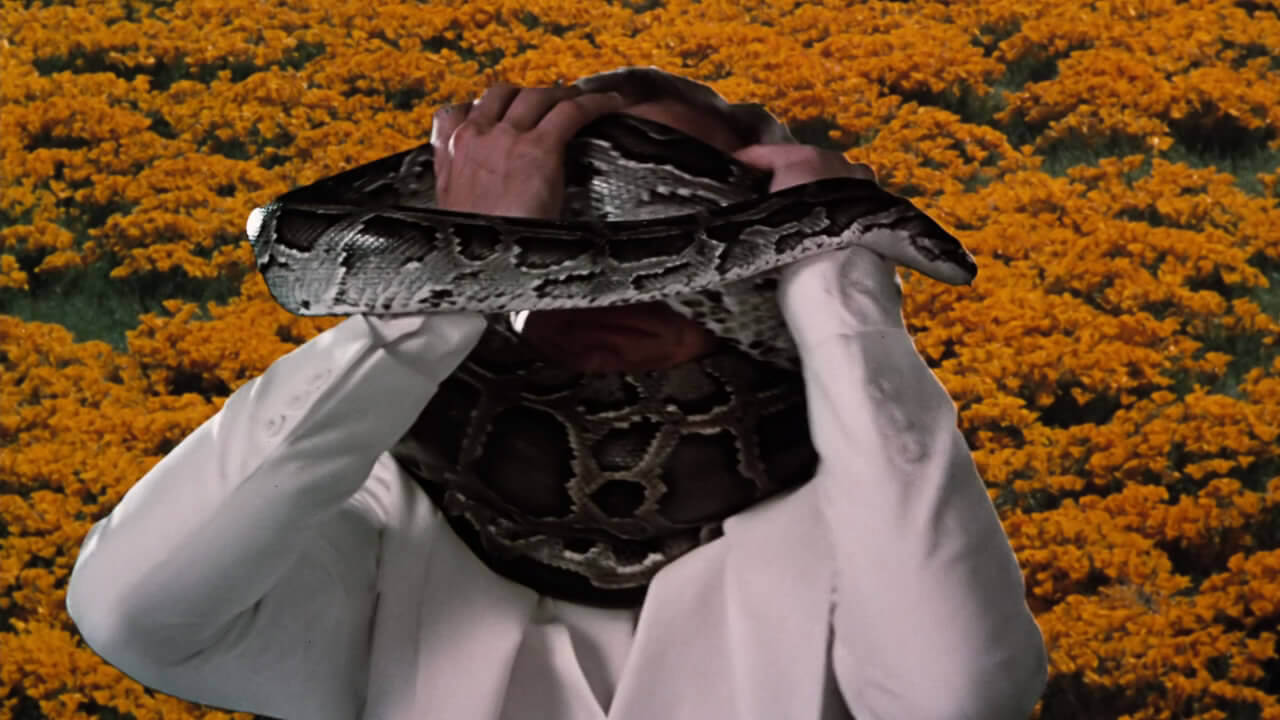
The visions only cease in the morning. Eddie is dazed but interested in examining a sample of the mushroom tea and determining its effect on the brain. He wants to combine sessions in the isolation tank with the Hinchi Indian brew, which could significantly enhance hallucinations and allow Jessup to approach the primordial self and ancestral memory hidden in his DNA.
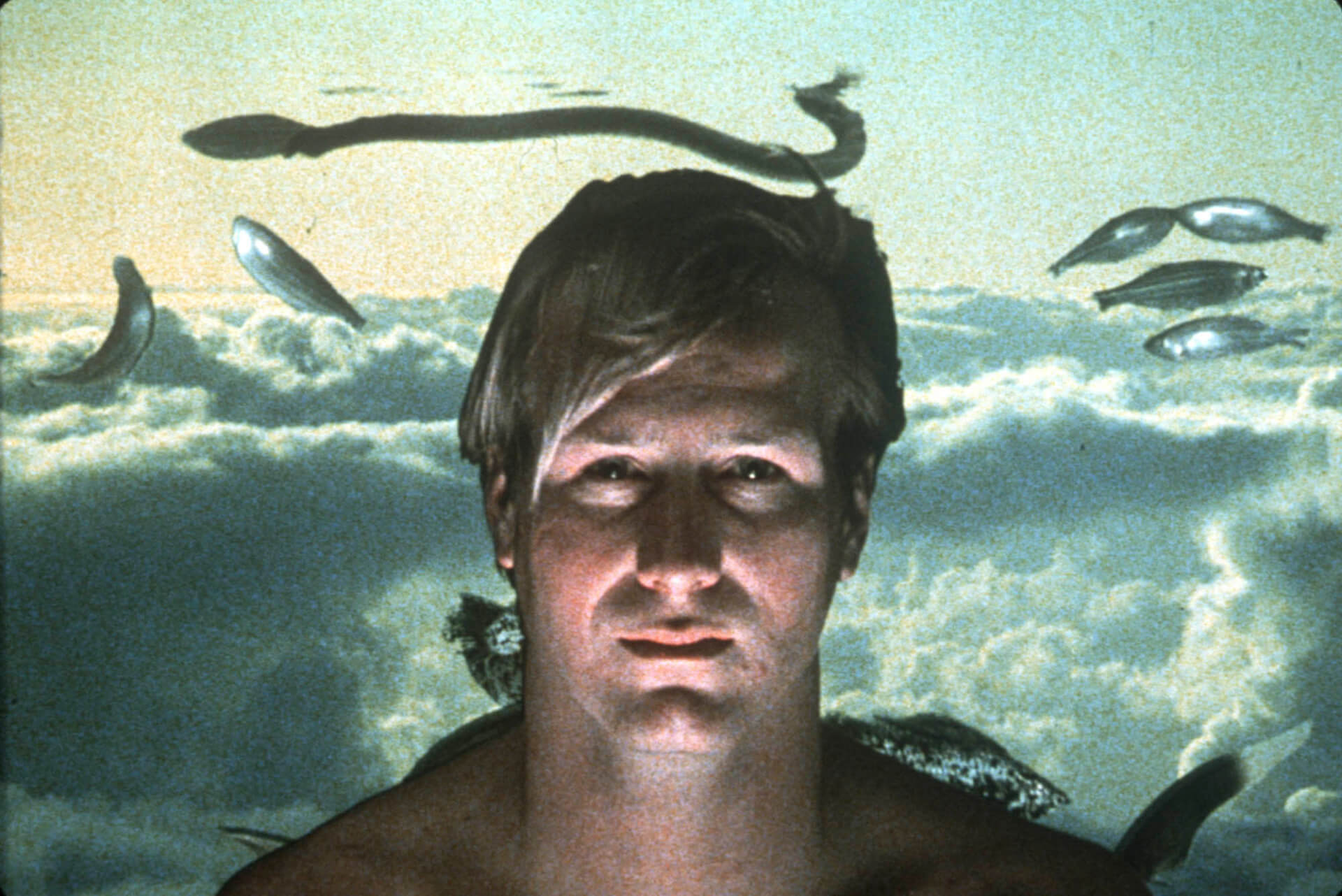
In Altered States, disturbances in altered states of consciousness are not a problem but a goal. Eddie wants to reject the known and obvious perception of the world as much as he rejects social conventions. Examples of such behavior are quite amusing. To the woman proposing marriage, he reminds her that he is at least strange and she must reckon with it. In response to a colleague’s compliment that he is a respected and praised figure in the academic environment, Jessup asks disappointedly if he really perceives him that way. He vigorously rejects comfortable and simple life, fleeing from it. It seems that the isolation tank is the only natural environment for Eddie, where he can do what he wants – explore new states of consciousness. The stronger and longer the hallucinations, the better. However, worried friends do not try to dissuade Jessup from multi-hour sessions because he behaves normally on a daily basis – not more strangely than usual. Eddie’s research enters a completely different level when they begin to change him physically into something reminiscent of Dr. Jekyll and Mr. Hyde.
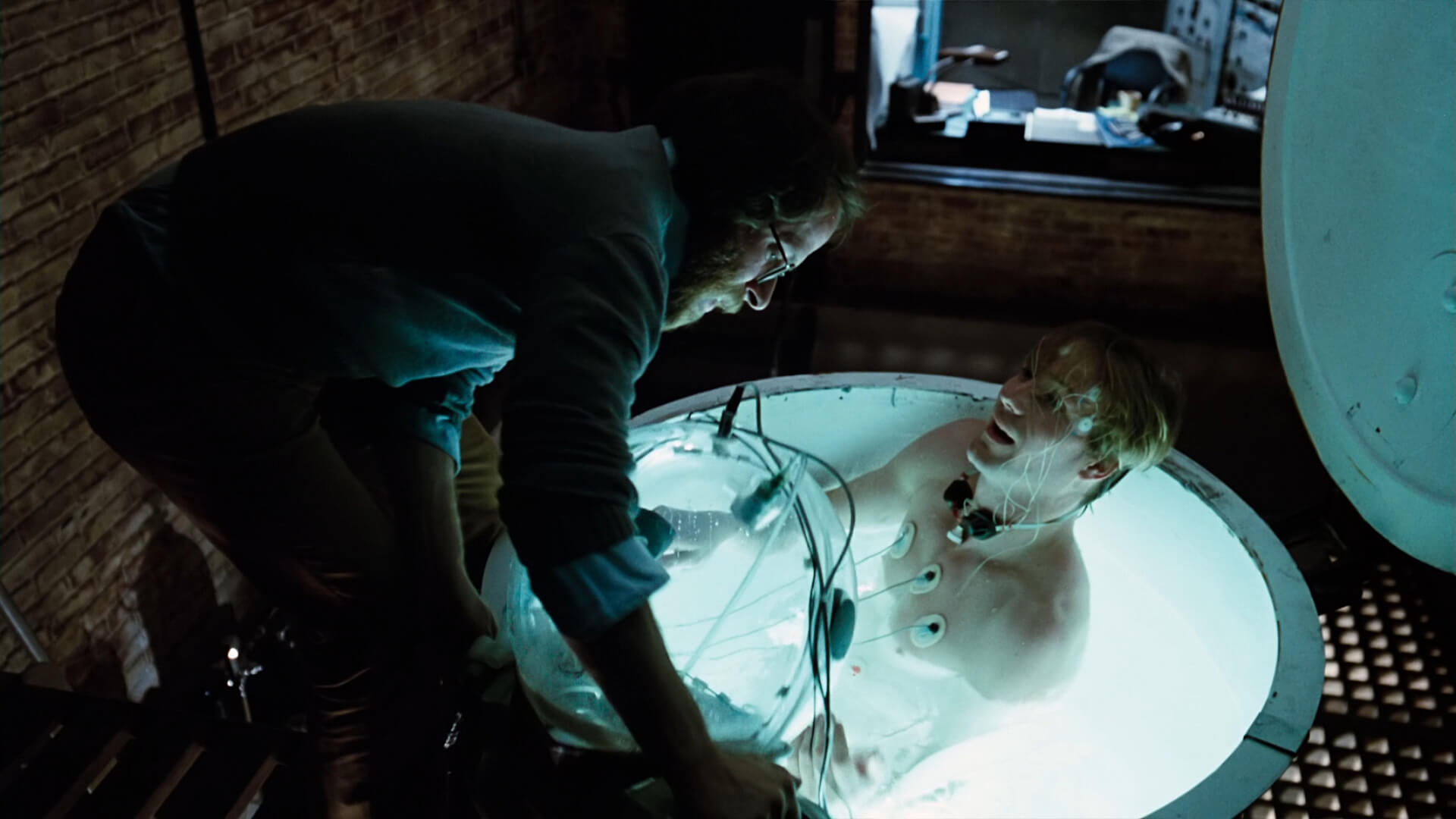
I’ve heard about visually extravagant films by Ken Russell, but I didn’t expect such tasty effects of Altered States. It’s evident that the emphasis was placed on the most plastic and disturbing representation of Jessup’s hallucinations, which were given a lot of screen time. Since the character was very religious in childhood (which changed when his father died), the visions are filled with religious and satanic symbolism and references to death and sacrifice. Together with Eddie, we see a crucified man with the head of a multi-eyed beast, an old man dying on a hospital bed, and himself with the Holy Scripture. Another time it’s a sea of lava, Golgotha, and a naked crowd writhing in agony. Noise, a feeling of unease, and flashing lights accompany it all. As Jessup’s regression deepens, he begins to lose his human form. First, he is a monkey, then it seems like he swells or mutates into a shapeless mass, resembling a human less and less.

In this respect, Altered States is very close to body horror, and associations with David Cronenberg‘s The Fly are very apt. Although Russell’s transformations are not as elaborate, similarities can be seen on several levels. Eddie Jessup and Seth Brundle are scientists, perhaps not mad, but certainly eccentric. Both are enthusiasts, viewed with a wink by their surroundings, both try to push the boundaries of science, and both go too far in their quest for new truths. While in The Fly everything was initiated by chance, in Altered States the hero makes conscious choices, and the only surprise is their consequence. Cronenberg’s Seth expresses how he feels and what he thinks, but the director leaves it to our interpretation. We see physical transformation; changes in the brain are only suggested. In Russell’s film, Eddie meticulously records and analyzes both his visions and his health monitored by devices, and he also has a witness-assistant overseeing the course of sessions in the isolation tank.

Thanks to this, seeing the same as Jessup, it is easier for us to understand his perception of the world, which changes with the state of his mind. The longer the hallucinations, the less friendly the real world is to Eddie. It becomes increasingly darker, looks somewhat unnatural, such as complete darkness outside Jessup’s apartment windows or little light and shadow play in the rooms. The closer to the end of the film, the stronger the atmosphere of chaos and underlying unease. Dialogues become more nervous, hysterical; characters speak over each other, and they are not always understandable. The director encouraged improvisation and exaggeration, which is evident, but considering the events presented and their extraordinariness, it’s hard to find more fitting means of expression. Overexpression also corresponds to the characters’ personalities: the eccentric doctor, the woman hopelessly in love with him, the fascinated assistant, and the skeptical, talkative scientist. It’s a team of enthusiasts and individualities who, despite their differences, cooperate, although they are not sure what they can ultimately achieve.
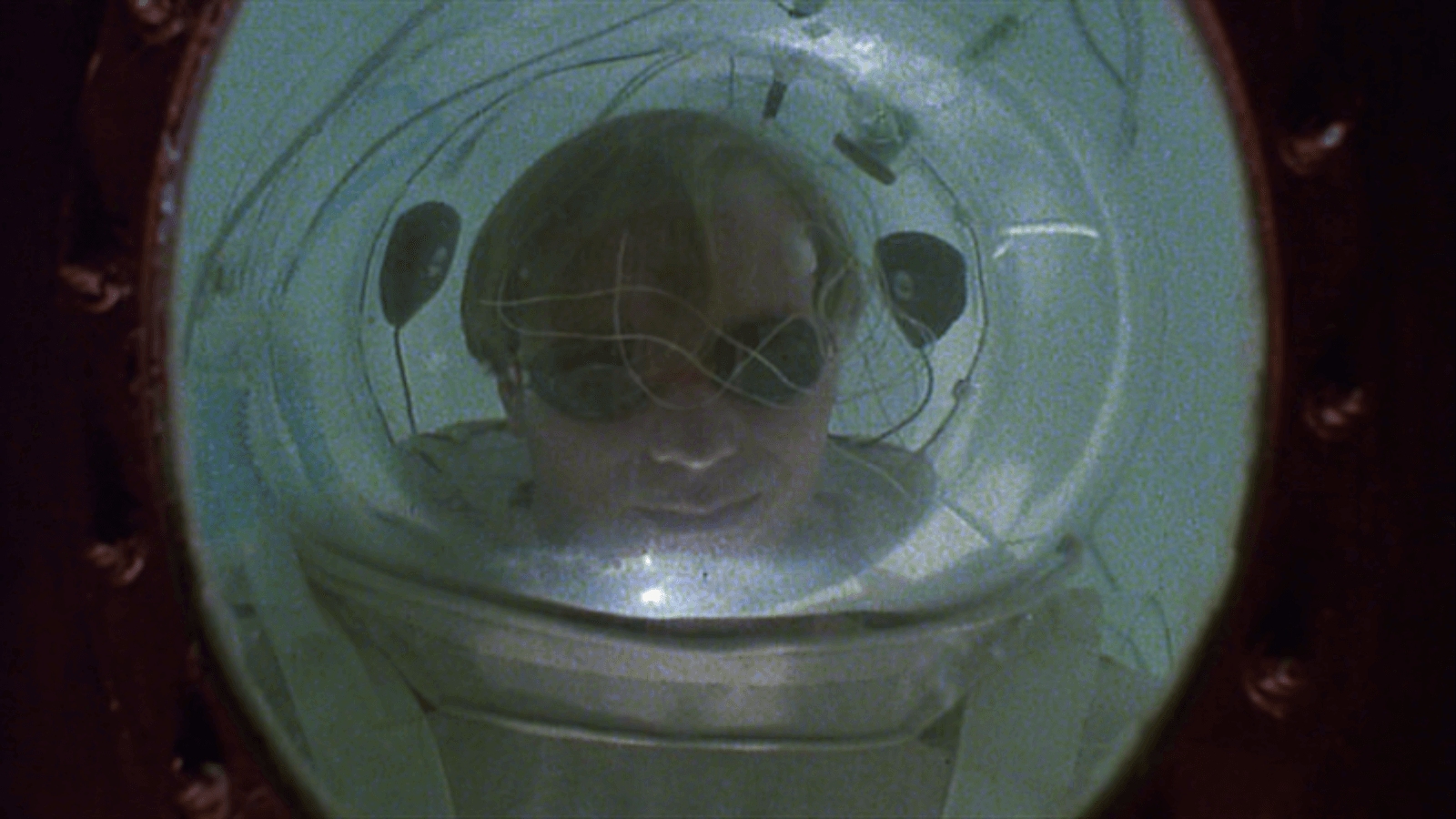
The relationships on the set were similar. Ken Russell was a director with his vision that did not match what screenwriter Paddy Chayefsky imagined. He was the author of Altered States, a text based on the story of a real scientist, John C. Cunningham, who studied sensory deprivation, i.e., the possibility of expanding human consciousness using an isolation tank and psychoactive substances. Chayefsky adapted his story into a screenplay, to which Russell wanted to add a few things of his own. Both gentlemen were then esteemed and awarded creators with well-known names. However, they proved to be exceptionally difficult to work with. To such an extent that the screenwriter withdrew from the project and forbade the use of his name on any promotional materials for the film and on the payroll – Chayefsky’s names, Sidney Aaron, appear in the credits. Ironically, this was the last film Paddy Chayefsky co-created. He died a few months after the end of filming and supposedly never saw the finished work.
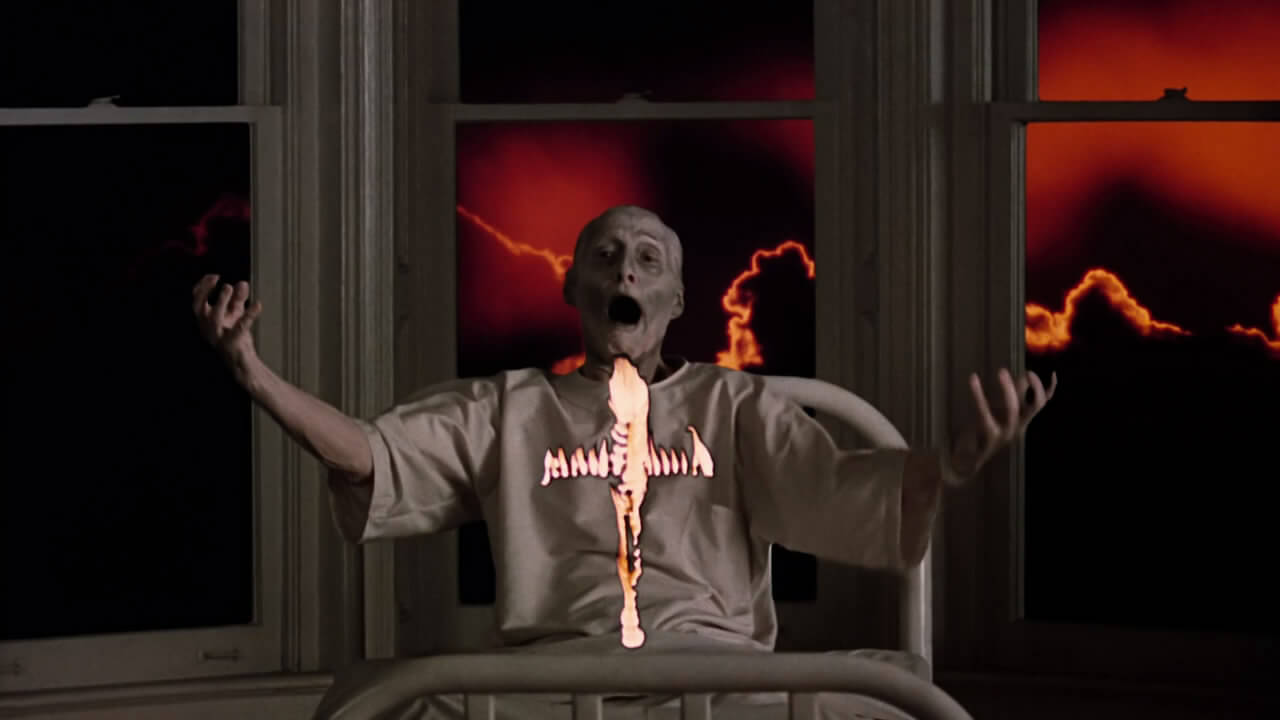
There is another interesting fact related to the production of Altered States. When Ken Russell was working on the set, Warner Brothers studio was implementing a new, supposedly revolutionary cinema sound technology called Megasound. In addition to additional speakers in the hall (placed behind the screen), equipment emitting low frequencies accompanying the sounds of cracks, explosions, and minor noises was used. This was supposed to enhance the audience’s unease during screenings. Unfortunately, we won’t find out how these experiences affected the reception of the film because only a few productions (including the second part of Superman) using Megasound technology were released in theaters.
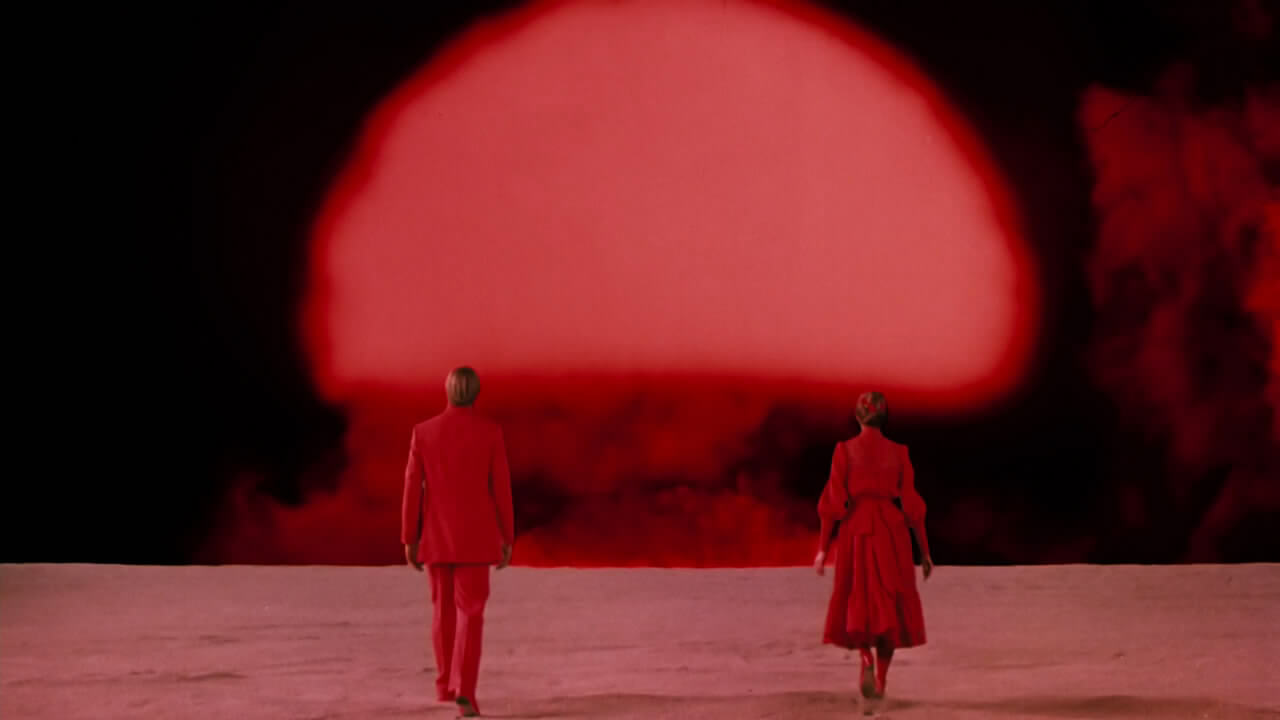
Even without this, Ken Russell’s work is watched with increasing concentration, and the progressively advancing obsession of Jessup is terrifying – fascinating. The story of an eccentric scientist contains elements of science fiction and body horror combined with a metaphysical treatise on the search for the self. The director allowed us to experience psychedelic visions that could deprive a healthy person of their senses in real life. Thanks to the magic of cinema, we can enter a mind full of picturesque hallucinations and feel a glimpse of Altered States of consciousness.

